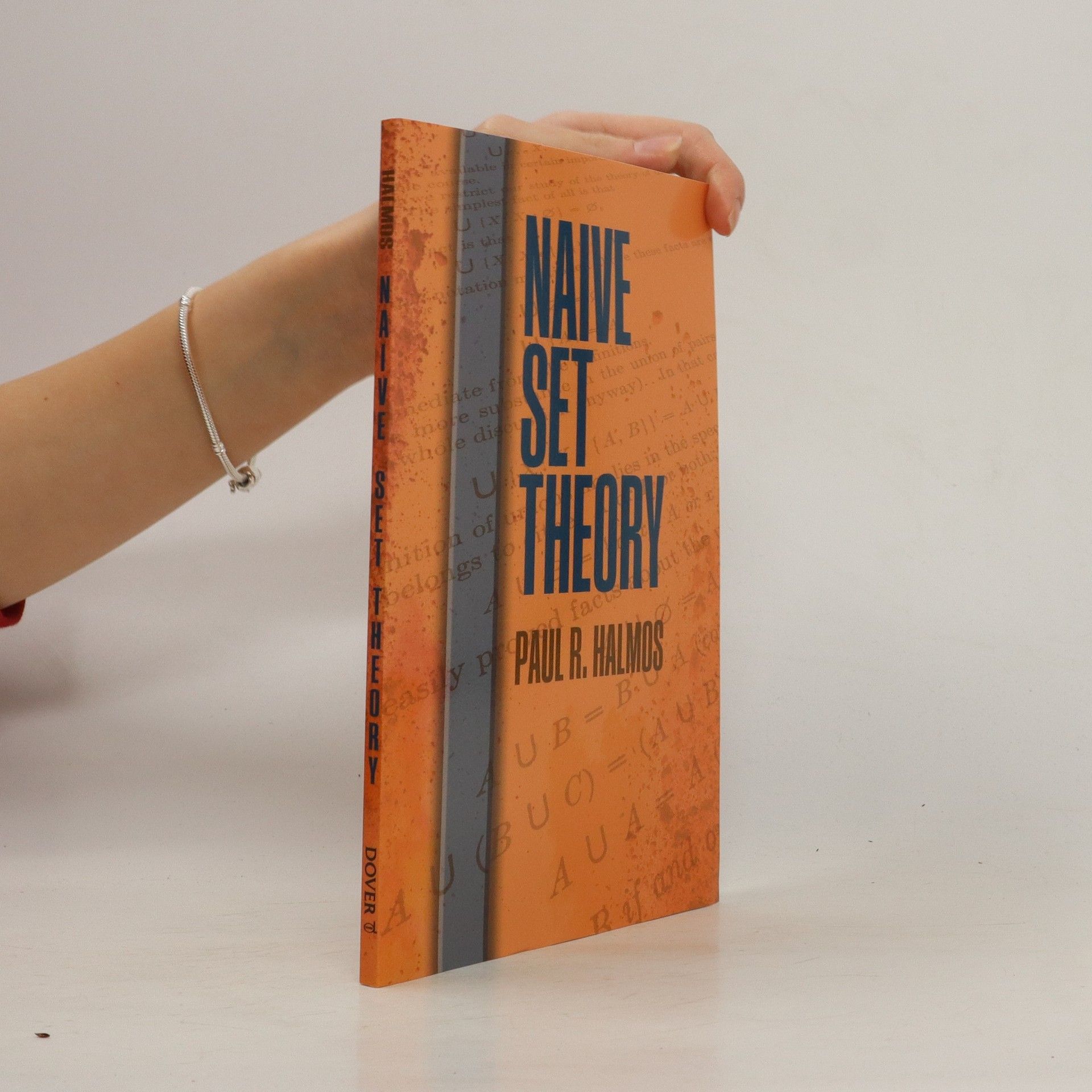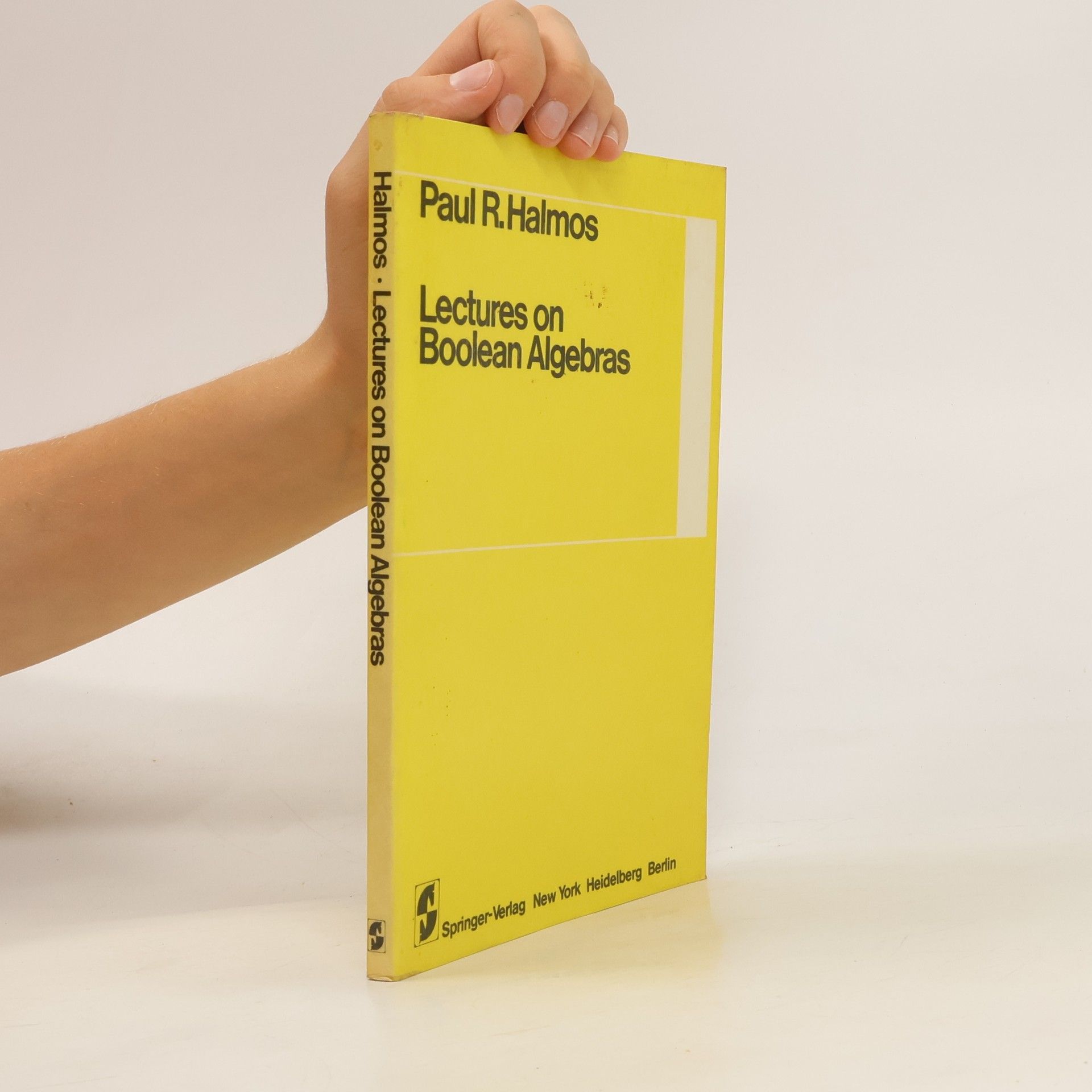This book is designed for readers with prior knowledge of Hilbert space theory. It offers a collection of problems accompanied by definitions, historical insights, and hints. The extensive solutions section provides proofs and constructions, making it a valuable resource for active learners rather than an introductory text.
Paul Halmos Books






Ann Arbor, Michigan ] anuary, 1963 Contents Section Page 1 1 Boolean rings ............................ 4 Regular open sets . 10 Free algebras . 13 Boolean a-algebras . 15 Measure algebras . 69 17 Boolean spaces . 22 Boolean a-spaces . 24 Boolean measure spaces . 25 Incomplete algebras . 26 Products of algebras . 27 Sums of algebras .
Naive Set Theory
- 112 pages
- 4 hours of reading
Classic by prominent mathematician offers a concise introduction to set theory using language and notation of informal mathematics. Topics include the basic concepts of set theory, cardinal numbers, transfinite methods, more. 1960 edition.
Renowned for its mastery of linear algebra, this book has been updated with a new title and improved typesetting, making it more accessible to readers. Originally published as "Finite-Dimensional Vector Spaces," it addresses the complexities of the subject while correcting previous oversights. The revised edition aims to attract both math majors and a broader audience who may have previously overlooked its value.